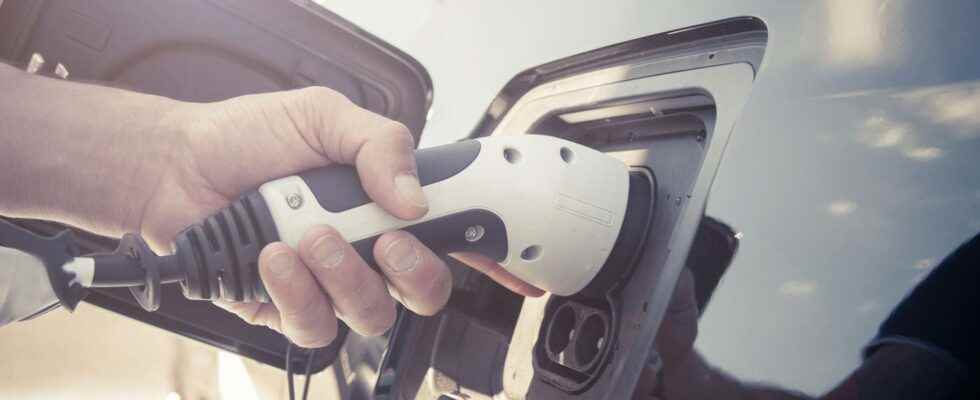More and more manufacturers are offering their hybrid cars. It must be said that the mode of operation of these vehicles makes it possible to reduce CO emissions.2.
You will also be interested
[EN VIDÉO] Hydrogen car: a hybrid gas station tested in Switzerland Like other nations, Switzerland is preparing for the massive arrival of electric and hydrogen vehicles for which it will be necessary to develop an energy distribution network. It is with this in mind that the Swiss Federal Institute of Technology in Lausanne has undertaken to test a service station concept capable of recharging cars with electricity or hydrogen produced on site and without carbon dioxide emissions.
A hybrid car uses two sources ofenergy different. The idea of associating, on board the same vehicle, an electric motor and a thermal motor seems to be an interesting solution.
Advantages of the hybrid car
This makes it possible to maintain an excellent level of dynamic performance while significantly reducing pollution in urban areas (thanks to optimized energy management). Finally, the hybrid car takes advantage of the advantages of the two propulsion systems:
- silence and cleanliness for electric propulsion;
- power and autonomy for the internal combustion engine.
How a hybrid car works
A hybrid vehicle is equipped with a heat engine which has a system of energy storage generally electrochemical. This allows him to storekinetic energy during deceleration, but also the excess energy produced in certain driving situations.
This motor is always kept in an optimal operating zone, to avoid peaks of fuel consumption, and, when the power required at time t is too low, the excess energy produced is found stored to be remobilized later.
https://www.youtube.com/watch?v=kVm95YBNl3c
The different operating phases of Toyota hybrid technology. The Japanese manufacturer was the first to bring a hybrid car to the market. A curiosity in the 1990s. © Toyota, YouTube
Several levels of hybridization
The vehicles available on the market have varying levels of hybridization:
- Microhybridization simply makes it possible to take over from the heat engine in order to supply power to the electrical peripherals. It ensures a reduction in consumption of around 5%. It is adopted by a large majority of manufacturers. The German BMW was the first to generalize this technology.
- Light hybridization (semi hybrid), for its part, actually relies on a battery of several hundred watt hours and allows savings of 10 to 30% on urban journeys.
- Complete hybridization (full hybrid) – this is the example of the classic Toyota Prius or the Ford MOndeo Hybrid – allows the car to run from its only reserve of stored energy. The reduction in consumption can go up to 50%.
- Plug-in hybrids – for example the Volkswagen Passat GTE, the Audi A3 e-tron or the Mercedes C-Class 350e -, finally, can run for several tens of kilometers like real electric vehicles.
Series, parallel or power bypass hybrids
Two major hybridization solutions can be proposed:
- The so-called “series” hybrids are rather rare. Here, the heat engine works like a Generator, to produce the electricity needed by the electric motor to drive the car.
- The so-called “parallel” hybrids are the most common. In this case, the two engines are able to propel the car separately.
Power-bypass hybrids combine the previous two solutions. Here, 100% electric propulsion is possible, but part of the heat engine’s power is always transformed into electricity, either to recharge the battery or to directly power the electric motor.
Interested in what you just read?
.
fs8
